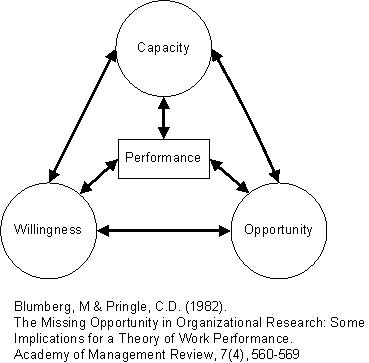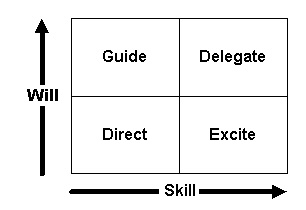Conflict can arise for any number of reasons, and there exists a number of advanced tools for measuring one’s conflict style. Some relevant instruments and models include:
- The Thomas Kilmann Conflict Instrument
- Strength Deployment Inventory
- Jay Hall Conflict Management Theory
Likewise, once in a conflict situation, there are also several models for how to approach managing the situation more effectively. Some of those models include:
And an outstanding “Difficult Conversations Checklist” to help assess on whether the conflict is over “what happened”, how people feel, or if the conflict goes deeper towards people’s sense of identity.
In terms of the lenses that I use when looking at a client organization, conflict falls into a breakdown of either relationships or the creation of value, if not both.

This is hardly intended as a new theory of conflict. Instead, my intent is to demonstrate how an unavoidable aspect of modern life fits within the framework that I use when working with a client organization. In a healthy organization, all 5 points on the model are taking place within the system. People are creating value, given whatever metrics are relevant for the organization. People are actively engaged in both teaching and learning in order to increase the efficiency and effectiveness with which value is being created. They are also learning about each other, and thus they are building relationships that make the rest of these tasks go more smoothly. This, in turn, tends to make the working environment more enjoyable (playing).
In a workplace conflict situation, the “Creating” point represents the business objectives that people are working to fulfill. If two people (or two departments) have objectives that are in opposition to each other, then that opposition is going to play out within the system. The most likely case would be in terms of a breakdown in certain relationships. However, it could just as easily work the other way around. A breakdown in relationships can manifest as greater difficulty creating value and meeting objectives.
Note that there is often a strong desire to attribute some cause to the source of conflict in the hopes of finding a solution. The caution here is that we often attribute a more simplistic cause to the situation (such as blaming an individual), rather than recognizing deeper contributing factors. For example, see the Waterline Model (Harrison, Short, Scherer), which recommends looking first to structural issues, then group issues, then interpersonal, and finally interpersonal sources.

In terms of the lenses that I typically use in a conflict environment, if the source is either competing objectives or a relationship issue, then avenues with a high probability of addressing the conflict rest on the other points of the star. In the case of competing objectives that play out as workplace conflict, by raising awareness of the different objectives (learning), the parties are often able to remove themselves from the personalizing-aspect of the conflict and solicit greater alignment from above. They can see that they are each trying to maximize different objectives, rather than seeking to thwart the other person individually. Even without support or re-alignment from above, the parties can often come up with creative ways to address both objectives once they learn what parameters each are working under. Similarly, learning more about each other will contribute to their relationship, and a stronger relationship is also likely to increase their creativity towards finding a solution. In other cases, learning by the parties may have to come from outside by teaching them specific skills. These can include conflict exploration skills, technical skills, management skills, or any set of specific behaviors with the intent of changing how the parties work together. One key to remember with any teaching/training exercise is that there are actually three key elements required before one can see a change in performance. First is the desire on the part of the learner to use the newly acquired skill or knowledge. Second is an ability to integrate this information to change previous behaviors. Those two factors alone are a common focus in the “Skill vs. Will” matrix.
The third factor is opportunity – unless the environment in which disputants find themselves engaged actually supports using their skill and will towards the creation of new solutions and ways of doing things, then it will be difficult for any amount of learning or desire to produce a significant change in behaviors. For example, I may know how to increase customer satisfaction, and that doing so will take more time with each customer. I may also want to increase customer satisfaction. But if the environment continues to reward me on call volume, or to penalize me for investing more on individual cases, then my opportunities to put my skill and will to good use are going to be limited. This trio of skill, will, and opportunity is covered in greater detail by Blumberg & Pringle:


